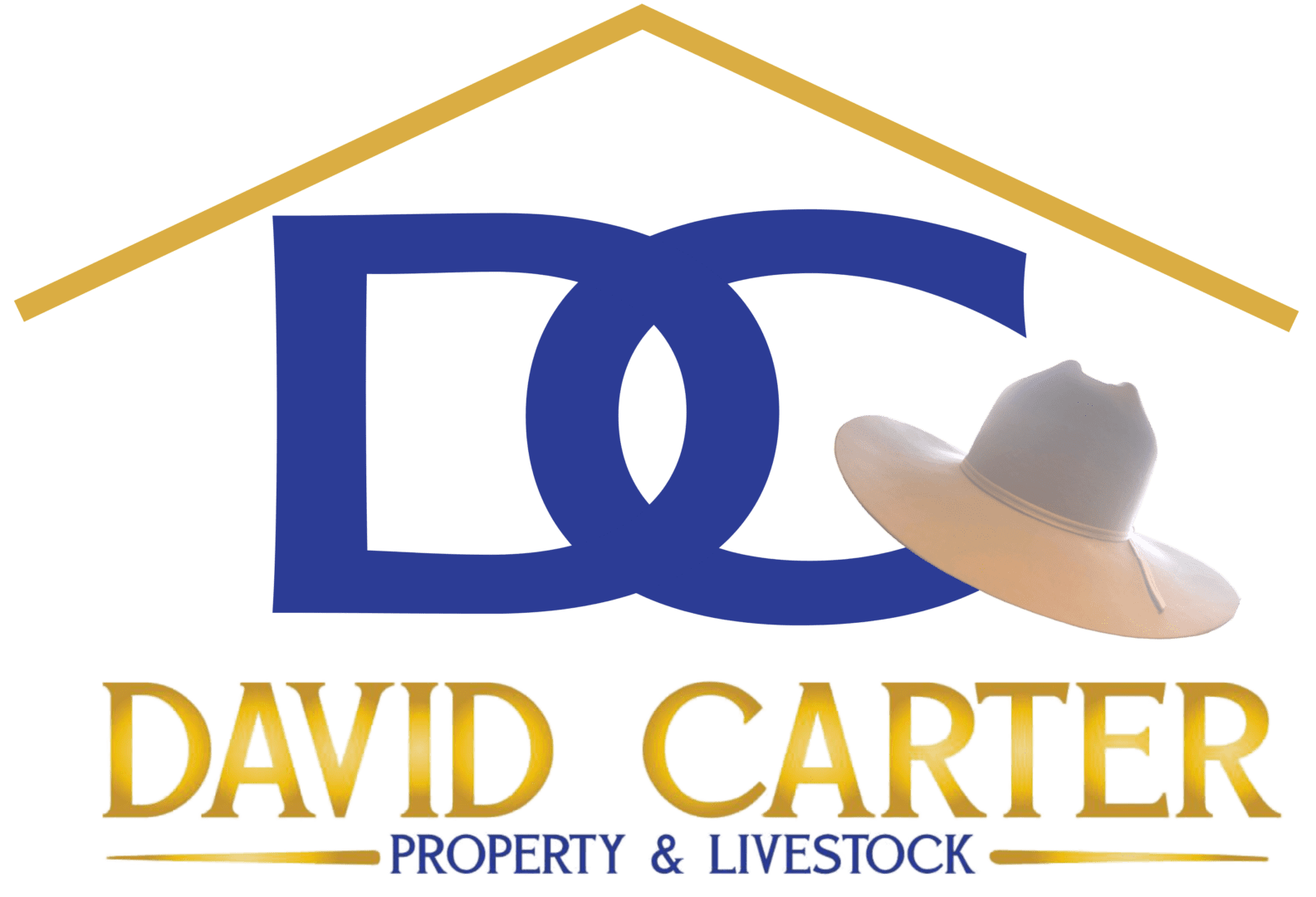The Commercial Realities Of Current Livestock Purchases
As we see a reasonable to good break in the season for many after what has been some of the hardest drought conditions in our nation’s history, producers need to be asking themselves some commercially specific questions regarding their strategies to restock or take short term advantage of the current grass bank on offer. How a producer re-positions to consider funding options moving forward will be critical to long-term success. The plan now is more important than ever especially dealing with historically high prices. Investing in agriculture is not without its risks and it’s been described as akin to running a factory without a roof – subject to weather patterns including droughts, floods, frosts and plagues as well as fluctuations in prices of both outputs (i.e. produce prices) and farm inputs such as diesel fuel, fertiliser and pesticides, stock feed and irrigation costs.
These questions must include:
- Finance options (how will you finance these purchases and at what cost to business?)
- What will the end market landscape potentially look like when it comes time to sell?
- Are there sufficient numbers of stock available?
- What if any end user contracts are potentially available?
- What are the expected weight gains of different livestock classes?
- What is the time needed to finish the stock that you purchase or are you looking to trade and on sell to an end user?
- Will the current flush seasonal conditions be sustainable in terms of supporting the time required to market your stock purchases moving forward?
- If the season deteriorates will all true costs of purchase, production and marketing be recoverable?
- Do the short-term decisions fit the longer-term strategies adopted by your business model?
- Does it make commercial sense and will it provide the cash flow/restocking/back grounding dynamics you need?
- What will the supply numbers look like when you are ready to sell?
- Never neglect the key fundamentals of cash flow metrics, will this decision to purchase provide a commercially sound return on investment (ROI)?
Interpreting Return On Investment (ROI)
There are some points to bear in mind with regard to ROI calculations:
- ROI is intuitively easier to understand when expressed as a percentage instead of a ratio.
- The ROI calculation has “net return” rather than “net profit or gain” in the numerator. This is because returns from an investment can often be negative instead of positive.
- A positive ROI figure means that net returns are in the black, as total returns exceed total costs. A negative ROI figure means that net returns are in the red(in other words, this investment produces a loss), as total costs exceed total returns.
- To calculate ROI with greater accuracy, total returns and total costs should be considered. For an apples-to-apples comparison between competing investments, annualized ROI should be considered. Not simply the short-term analysis. Therefore, you must consider the length of time that a livestock investment purchase is held in order to calculate the annualised return on investment (AROI) if your intention is to hold onto livestock year on year. This particularly applies to longer term breeding livestock purchases.
- One important factor to always consider is ROI does not adjust for risk.
Current Potential Opportunities
- Correct preparation, description & marketing of all livestock classes.
- Feed bank and buy stock mid-winter.
- Always plan what you are going to do and why, as failure to plan is planning for failure.
- Look at investment in livestock productivity advice, this a small cost relative to return. If you have any questions please give me call.
